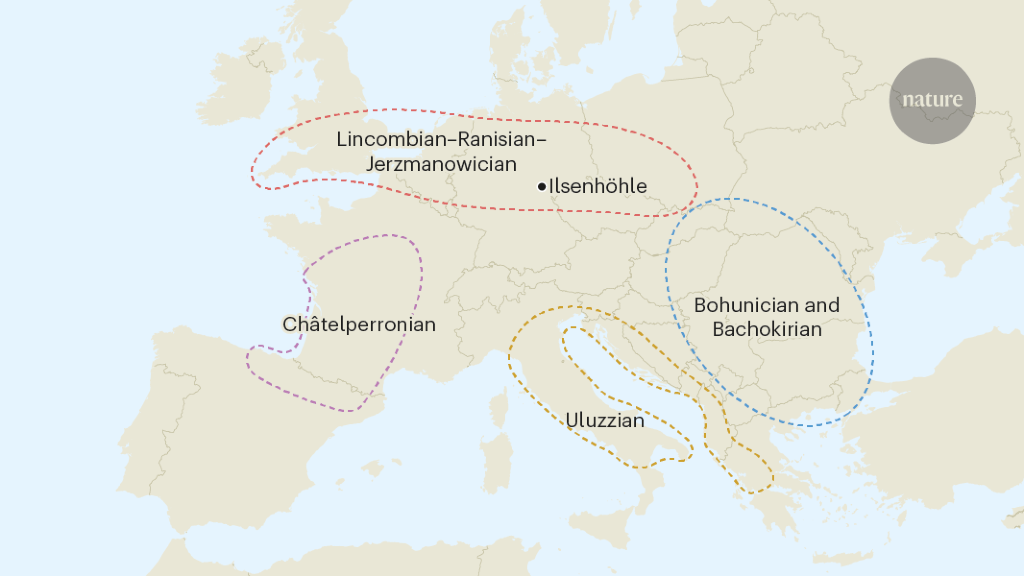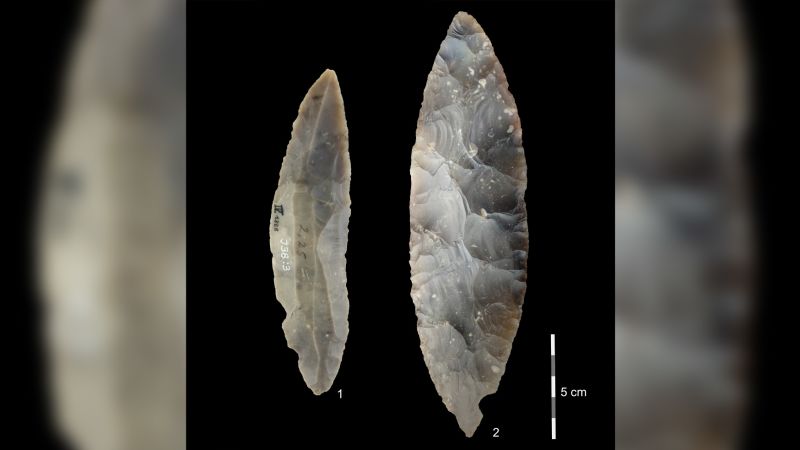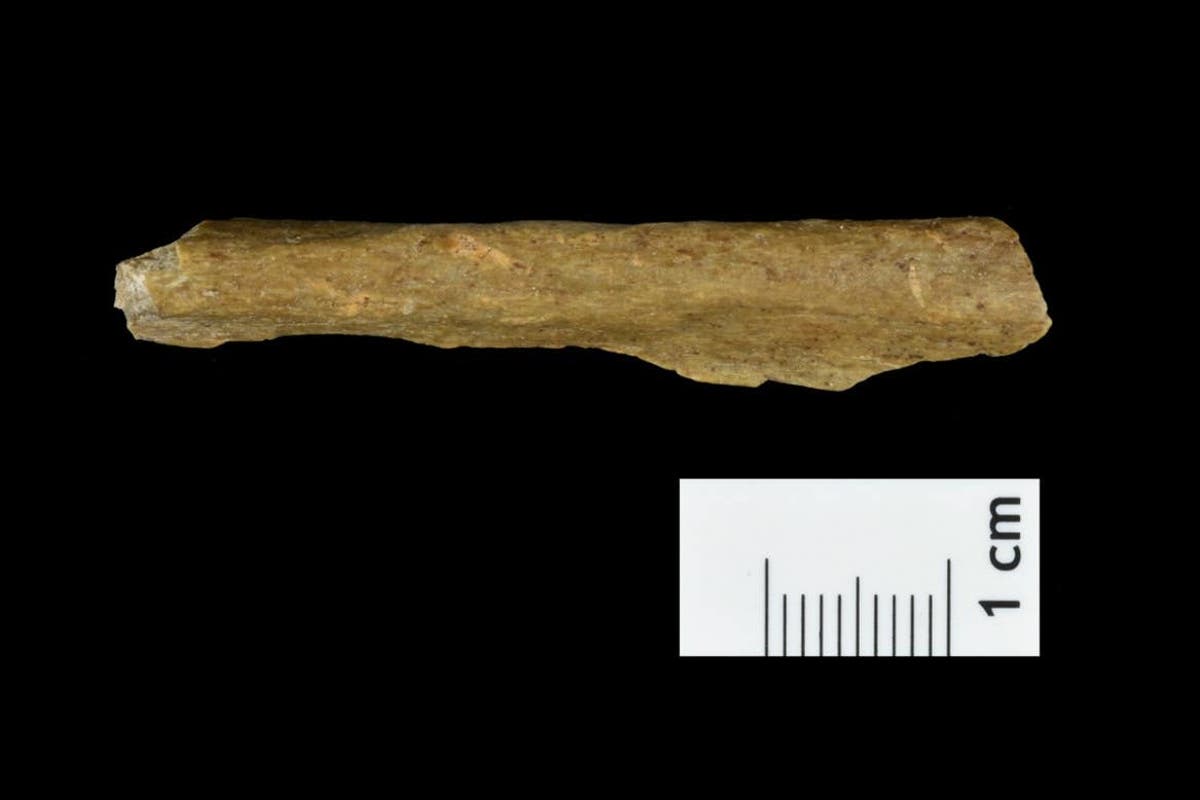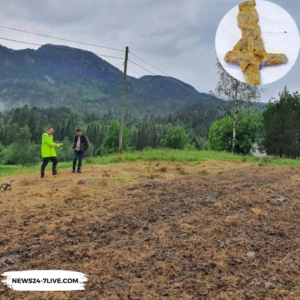The genetic analysis of bone fragments from an archaeological site in central Germany has provided insights into the early settlement of modern humans (Homo sapiens) in Northern Europe, challenging existing theories on their resilience in harsh climatic conditions.

Also Read: Ram Mandir Inauguration: PM Narendra Modi Unveils Ram Lalla Idol in Ayodhya
The findings, detailed in three papers published in Nature and Nature Ecology & Evolution, show that Homo sapiens reached Northern Europe 45,000 years ago but coexisted with Neanderthals for several thousand years.
The archaeological site near Ranis, Germany, has been a subject of interest since the 1930s, with the discovery of flaked, leaf-shaped stone tool blades known as leaf points.
Initially attributed to Neanderthals, these tools were reconsidered during a recent re-excavation between 2016 and 2022.
The team, has researchers from various international institutions. The leaf points found at Ranis were believed to be associated with the Lincombian–Ranisian–Jerzmanowician (LRJ) culture, a technocomplex thought to be linked to late Neanderthals.
However, the new excavations revealed human fossils for the first time, challenging previous assumptions. DNA analysis of bone fragments confirmed that these tools were crafted by Homo sapiens, making the presence of our species in Northern Europe at least 45,000 years ago.
This discovery alters our understanding of the time period and the interactions between Homo sapiens and Neanderthals.
Also Read: Aliens Found in Peru are Dolls Made with Animal Bones
The genetic analysis of hominid bone fragments, conducted by Elena Zavala, a Miller Research Fellow at the University of California, Berkeley, revealed mitochondrial DNA sequences inherited solely from the mother.
The fragments, belonging to the same individual or their maternal relatives, linked new finds with those from decades ago.
Constructing a family tree of early Homo sapiens across Europe, Zavala found similarity among the Ranis fragments, with one exception that grouped with an individual from Italy.
Radiocarbon dating of human and animal bones from different layers of the site provided a chronological framework, linking human presence to specific periods.
The results suggested that Homo sapiens sporadically occupied the site from as early as 47,500 years ago. This settlement history challenges the notion that Neanderthals disappeared from Northern Europe long before the arrival of modern humans.
The archaeological findings, combined with paleoclimatic and zooarchaeological analyses, painted a picture of the environment at the time.
Also Read: Archaeologists Discover Huge Ancient Lost City Found in the Amazon
The presence of reindeer, cave bears, woolly rhinoceros, and horses showed cold climatic conditions resembling the steppe tundra, akin to Siberia and northern Scandinavia today.
The human diet, based on large terrestrial animals, suggested adaptation to challenging conditions. The evidence showed that even early Homo sapiens had the capacity to adapt to such harsh climatic conditions.
The stone blades at Ranis, contributed to Neanderthals, were now recognized as part of the early Homo sapiens toolkit, challenging the existing narrative.
The artifacts, characterized as leaf points and associated with the Lincombian–Ranisian–Jerzmanowician (LRJ) culture, suggested a cultural continuity across northwestern Europe.
The zooarchaeological analysis, led by Geoff Smith, provided insights into the human diet at Ranis. The presence of various animal bones, including reindeer, woolly rhinoceros, and horses, showed that early Homo sapiens, while using the cave for short periods, consumed a range of meats.
This coexistence with large carnivores, such as hyenas, show interaction between early humans and the Pleistocene ecosystem.
Also Read: Gigantopithecus Blacki: Earth’s Largest Ape Went Extinct 100,000 Years Earlier
























